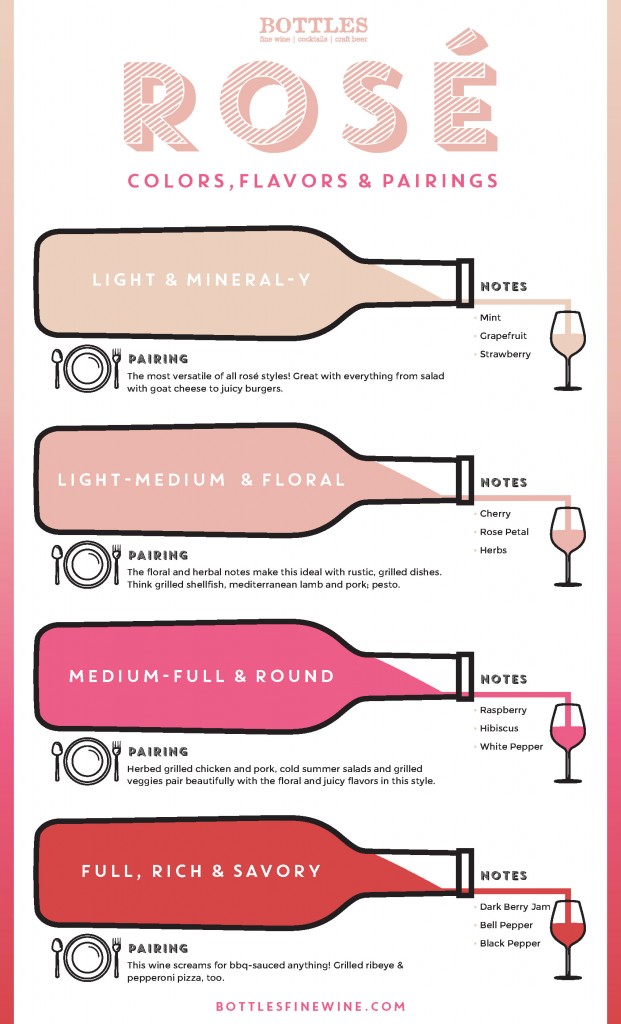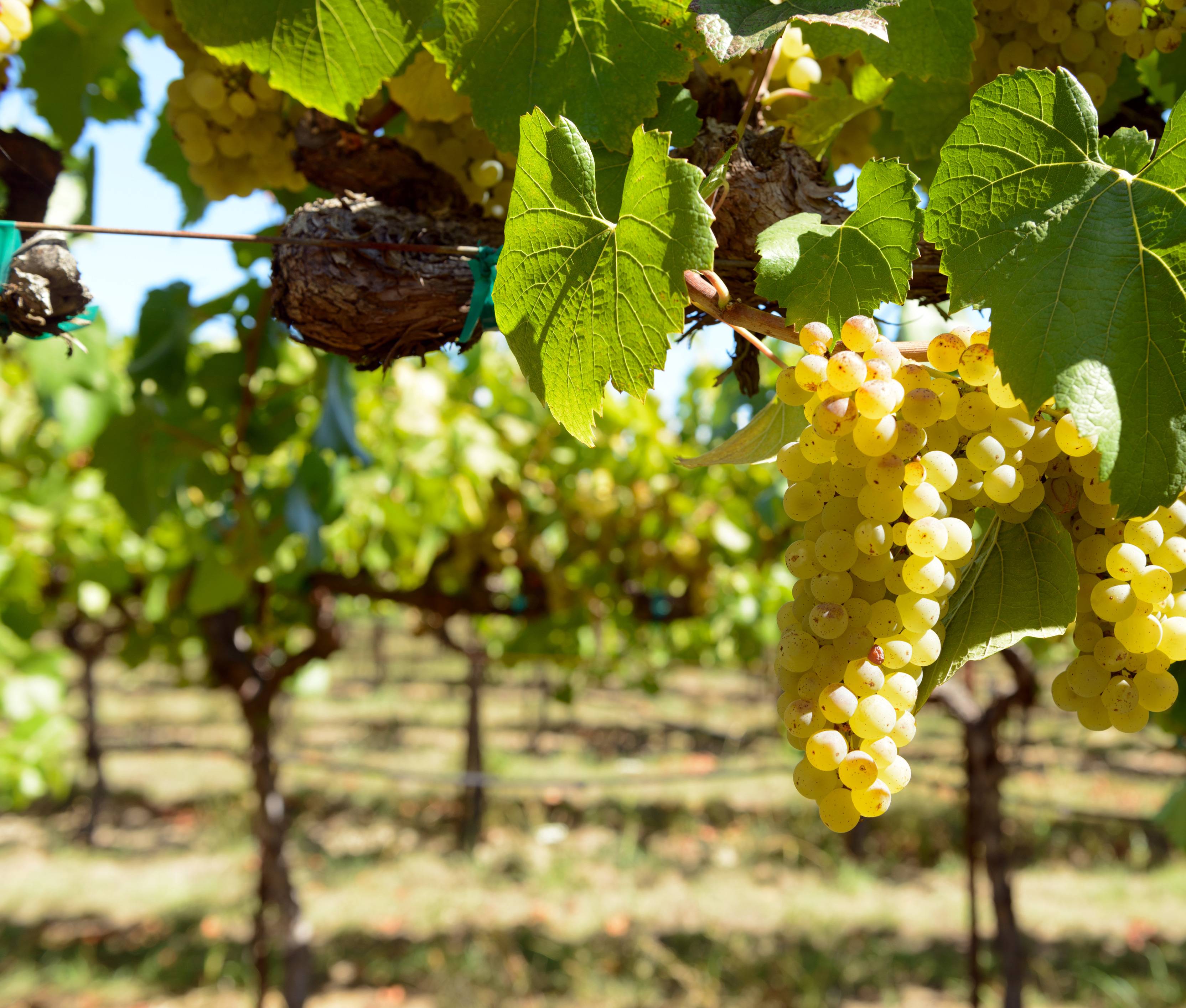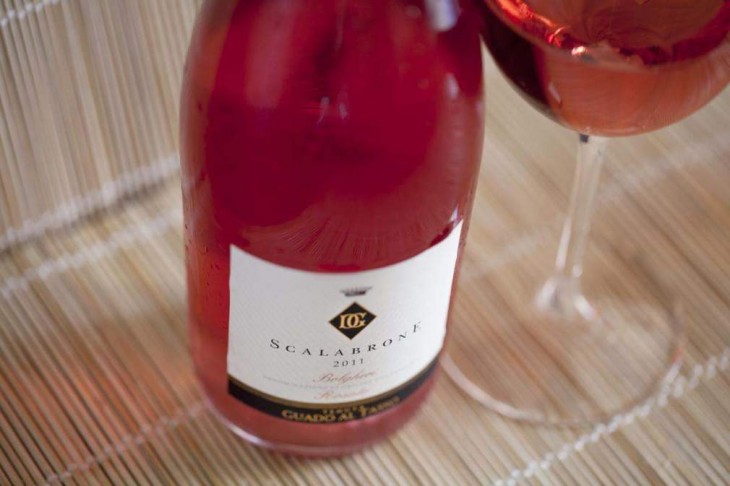Rosé is probably the most misunderstood wines on the market.
Often looked down upon and viewed as too sweet and not serious, many drinkers are missing out on this fantastic style.
Years ago, cloying, sweet, rosé was popular. We don’t know why. What we do know is that there is a world of rosé waiting to be explored and once you get past the myths and start to understand what rosé is and how to choose and pair one to your liking you’ll fall just as in love with it as we have.
Common Myths and Misconceptions About Rosé
Poor, misunderstood rosé. It’s not your fault. We’ll try to set the record straight.
Rosé isn’t “real” wine
Not true! Rosé is just as real as red or white, and more real than fruit wines depending on who you ask. Rosé is made with red wine grapes, like Cabernet Sauvignon
Syrah, Grenache, and Pinot Noir. More about this below.
Rosé is just leftover red and white wine mixed together
Yes, red + white = pink, but only with paint. And food coloring. Not wine. Rosé is made just like red and white wines using red wine grapes. Unlike when making red wine, though, the skins, which give red wine its color, are only left in contact with the juice and fruit for a short time.
All rosé tastes the same. And the taste isn’t good
Rosé comes in a variety of colors, flavors and has the capability to pair with any kind of food. It can be light and mineraly, or dark and meaty.
Where Do I start?
Trying a new wine is exciting and adventurous – most of us stick with our favorites. Consider selecting rosé from Provence; they are having exceptional vintages and winning all sorts of prizes. When you’re ready to try out rosé, try to select three bottles. The colors of rosé mimic the flavors; the lighter the wine the lighter the flavor. Go with a pale, a medium-hue, and a deeper pink in order to get the best taste.
May We Suggest?
- 92 Château Sainte Marguerite 2013 Cru Classé Grande Réserve Rosé (Côtes de Provence): So pale it is considered grey-pink this fragrant wine is super light and fragrant. It’s a great blend of a citrus zing in the mouth with good tannins and some minerality. Can be drunk immediately or aged for a few minutes.
- Domaine Wardy 2013 Rosé du Printemps, Beqaa Valley, Lebanon: Yes, Lebanon. It’s one of the world’s oldest growing regions and this particular vineyard was founded in 1891. This particular rosé is an 80/20 split of Cinsault/Syrah and boasts aromas of strawberry and caramel followed by tastes of raspberry and peach. Fresh and acidic.
- Château D’Esclans 2013 Whispering Angel Rosé, Provence, France: Cherries and berries are the leading flavors followed with spice and minerals – a delicious and complex blend likely due to the chateau’s serious history in wine which can be dated back to 1201. The finish is crisp with white pepper and red peach.
This great infographic from Drink, the blog of Providence, Rhode Island based Bottles, will help you understand the flavors, colors and pairing options for your journey through rosé.

They have also put together a five-minute video about rosé:
Rosé is a great choice for the warmer weather and can be paired with everything from light salads to heavy barbeque. Head out, pick up a few bottles and find a new favorite. Then tell us about it in the comments!


